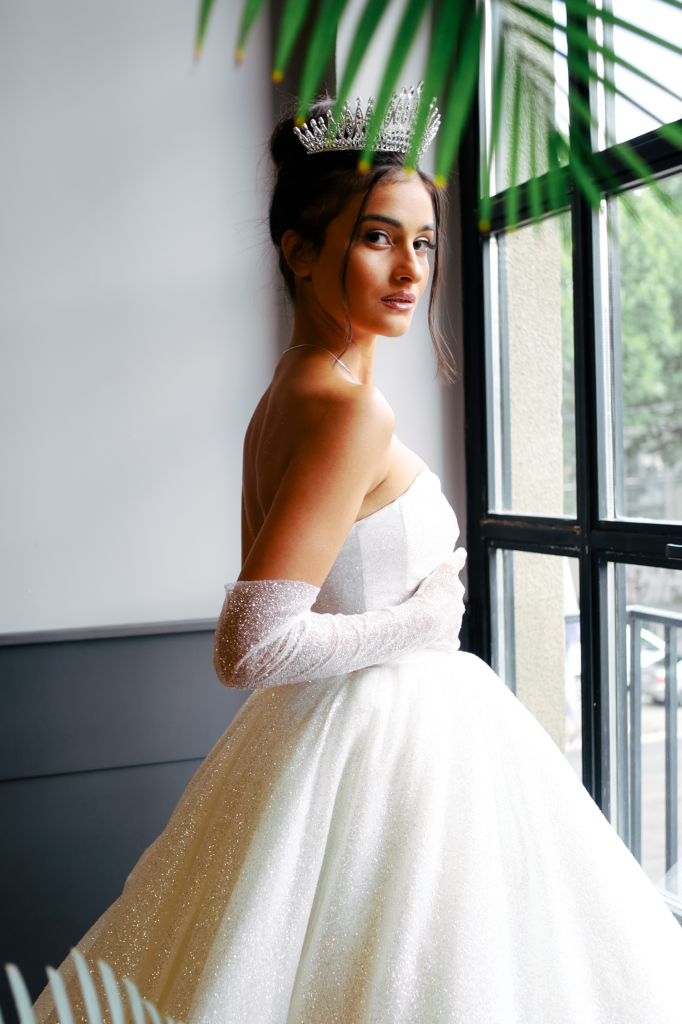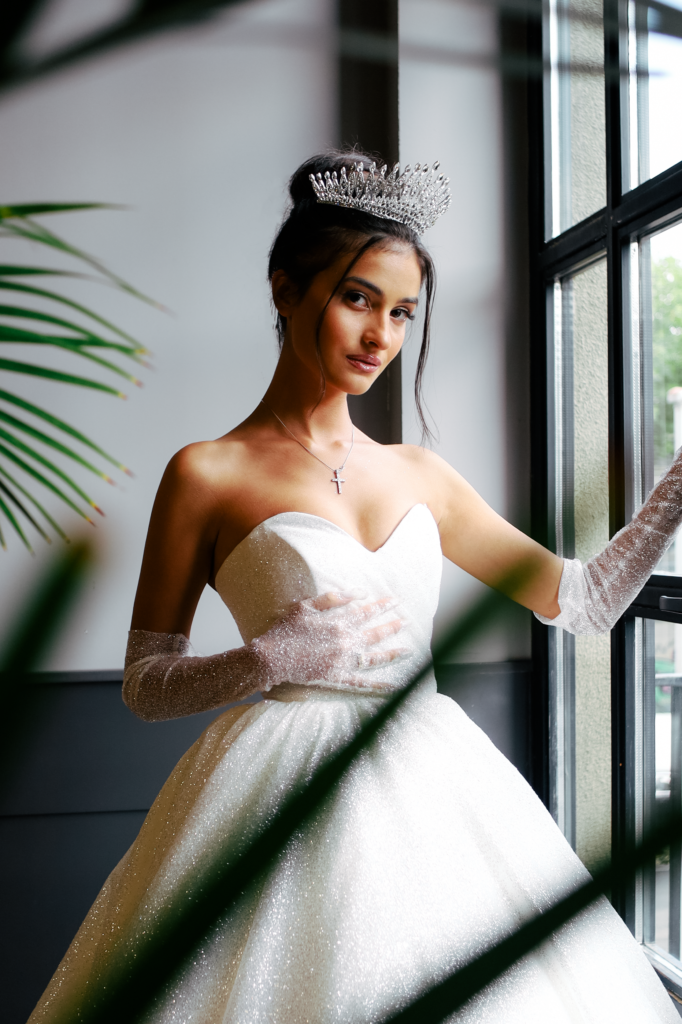Have you ever found yourself grappling with the task of removing pesky pet hair from your curtains and window treatments? Look no further, as we have got you covered with easy and effective solutions that won’t cause any harm to your beloved fabrics. Vacuuming pet hair from curtains and window treatments may seem like a daunting task, but with a few simple tips and tricks, you’ll be able to tackle this chore effortlessly. Say goodbye to furry curtains and hello to a clean and fur-free living space! Maintaining a clean home can be a challenge when you have pets, especially when it comes to keeping your curtains and window treatments hair-free. Pet hair has a way of finding its way onto every surface, including your curtains. But fear not, as there are ways to effectively remove pet hair from curtains and window treatments without causing any damage. In this comprehensive guide, we will explore various methods and techniques to help you tackle this common pet-related issue.
Consider a vacuum cleaner with a pet hair attachment
When it comes to choosing the right vacuum cleaner for pet hair removal, one important feature to consider is a pet hair attachment. This specialized tool is designed to effectively lift and remove pet hair from different surfaces, including curtains and window treatments. The attachment typically features rubber bristles that help to loosen and suction away pet hair with ease. By investing in a vacuum cleaner with a pet hair attachment, you can simplify the process and ensure effective removal of pet hair from your curtains.
Look for a vacuum cleaner with adjustable suction power
Another feature to look out for when selecting a vacuum cleaner for pet hair removal from curtains is adjustable suction power. Curtains and window treatments are delicate and can easily be damaged if too much suction power is applied. By opting for a vacuum cleaner with adjustable suction power, you have the flexibility to adjust the settings accordingly based on the fabric and texture of your curtains. This will help prevent any potential damage while still effectively removing pet hair.
Opt for a vacuum cleaner with a HEPA filter
Choosing a vacuum cleaner with a HEPA (High-Efficiency Particulate Air) filter is highly recommended, especially if you or your family members suffer from allergies. HEPA filters are designed to capture small particles, including pet dander and allergens, ensuring that the air expelled by the vacuum cleaner is clean and free from any potential allergens. This is particularly important when vacuuming curtains and window treatments, as pet hair can easily become airborne and exacerbate allergic reactions. A vacuum cleaner with a HEPA filter will not only remove pet hair from your curtains but also improve the overall air quality in your home.
Now that you are equipped with the right vacuum cleaner, let’s move on to the steps involved in preparing your curtains and window treatments before vacuuming.
Preparing the Curtains and Window Treatments
Remove as much loose pet hair as possible
Before you begin vacuuming your curtains, it is important to remove as much loose pet hair as possible. This can be done by gently shaking or lightly brushing the curtains outdoors. By doing so, you will loosen any loose pet hair, making it easier to remove during the vacuuming process.
Use a lint roller or adhesive tape to remove additional pet hair
For stubborn pet hair that may be clinging to your curtains, you can use a lint roller or adhesive tape to remove it. Simply roll the lint roller over the surface of the curtains, pressing gently to pick up any loose pet hair. Alternatively, you can wrap adhesive tape around your hand and lightly press it onto the curtains to lift off any remaining pet hair.
Brush the curtains to loosen any remaining pet hair
If there are still remnants of pet hair on your curtains after using a lint roller or adhesive tape, gently brush the curtains using a soft-bristled brush. This will help to loosen any remaining pet hair, making it easier for the vacuum cleaner to pick it up. Be sure to brush in the direction of the fabric’s grain to avoid causing any damage.
Now that your curtains are prepared, it’s time to begin vacuuming.
Vacuuming the Curtains and Window Treatments
Start with a low suction setting
To avoid damaging your curtains, it is important to start vacuuming with a low suction setting. This will prevent the fabric from being pulled into the vacuum cleaner too forcefully, potentially causing tears or other damage. Gradually increase the suction power if needed, but always exercise caution and be aware of the fabric’s durability.
Test the vacuum cleaner on a small inconspicuous area
Before vacuuming the entire surface of your curtains, it is advisable to test the vacuum cleaner on a small inconspicuous area first. This will allow you to ensure that the suction power and attachment are suitable for your curtains without causing any damage. If there are no adverse effects, you can proceed to vacuum the entire surface of your curtains.
Vacuum from top to bottom
When vacuuming curtains and window treatments, always start at the top and work your way down. This will prevent any loose pet hair from falling onto already cleaned areas. Use slow and gentle strokes with the vacuum cleaner, making sure to cover the entire surface of the curtains. Pay special attention to pleats, folds, and any areas where pet hair tends to accumulate.
Congratulations! You have successfully vacuumed your curtains and window treatments. However, there may be certain areas and situations that require special attention and techniques. Let’s explore these in more detail.

Dealing with Difficult Areas
Tackling pet hair in pleats and folds
Curtains with pleats and folds can trap pet hair, making it more challenging to remove. To tackle this issue, use a soft-bristled brush or the upholstery attachment of your vacuum cleaner. Gently brush or vacuum along the direction of the pleats, working the pet hair loose. Take care not to pull or tug forcefully, as this may cause damage to the fabric.
Vacuuming delicate or sheer fabrics
Delicate or sheer fabrics require extra caution when vacuuming. To avoid damage, use the lowest suction setting and a soft brush attachment. Lightly pass the brush over the surface of the fabric, allowing the bristles to gently lift the pet hair. If the fabric is extremely delicate, consider using a handheld vacuum or a cordless vacuum with minimal suction power.
Handling long or thick curtains
Long or thick curtains pose their own set of challenges when it comes to removing pet hair. In such cases, it may be helpful to use the extension wand or hose attachment of your vacuum cleaner. This will allow you to reach higher areas and thoroughly clean the entire length of the curtains. Take your time and use slow and deliberate movements to ensure effective pet hair removal.
While the right vacuum cleaner and techniques are essential for removing pet hair from curtains, there are a few additional tools and techniques that can further enhance your efforts.
Using Additional Tools and Techniques
Using a pet hair brush attachment
In addition to the pet hair attachment that comes with your vacuum cleaner, you can also consider using a specific pet hair brush attachment. These attachments are designed with soft yet effective bristles that are ideal for removing pet hair from curtains. Simply attach the brush to your vacuum cleaner and gently glide it over the fabric, allowing the bristles to capture the pet hair.
Utilizing a crevice tool for hard-to-reach areas
Hard-to-reach areas, such as the corners of windows or between curtain folds, can be challenging to clean with a regular vacuum cleaner attachment. By using a crevice tool, you can effectively reach these areas and remove any trapped pet hair. Insert the narrow end of the crevice tool into the tight spaces and use slow, careful movements to collect the pet hair.
Employing a handheld vacuum or cordless vacuum for convenience
For added convenience and flexibility, consider using a handheld vacuum or cordless vacuum. These devices are lightweight and portable, allowing you to easily maneuver around your curtains and window treatments. With their smaller size, they are particularly useful for spot cleaning or reaching areas that may be difficult to access with a larger vacuum cleaner.
Preventing pet hair build-up on your curtains is a proactive approach that can save you time and effort in the long run. Let’s explore some preventative measures that can help minimize pet hair accumulation.

Preventing Pet Hair Build-up
Regularly groom your pets to minimize shedding
One of the most effective ways to prevent pet hair from accumulating on your curtains is to regularly groom your pets. By brushing them frequently, you can remove loose hair and minimize shedding. Additionally, regular bathing can help keep your pets’ fur clean and reduce the amount of hair they shed.
Implement a pet hair prevention strategy for curtains and window treatments
To prevent pet hair from settling on your curtains, consider implementing a few preventative measures. First, establish pet-free zones in your home to minimize the time your pets spend near the curtains. Next, place washable mats or rugs near entries and encourage your pets to use them to help trap loose hair. Lastly, keep your pets’ bedding clean and regularly wash or vacuum it to prevent hair transfer.
Use pet-friendly fabrics and materials for your window coverings
Choosing pet-friendly fabrics and materials for your curtains and window treatments can greatly reduce pet hair accumulation. Opt for fabrics that are less prone to trapping hair, such as tightly woven or synthetic materials. Additionally, consider using blinds or shades made of materials that are easy to wipe down and clean.
While regular vacuuming and preventative measures can effectively remove and minimize pet hair on curtains, there are other methods you can try as well.
Other Methods to Remove Pet Hair
Using a pet hair remover tool
A pet hair remover tool, such as a rubberized brush or a pet hair squeegee, can be a useful addition to your pet hair removal arsenal. These tools are designed to attract and lift pet hair from various surfaces, including curtains. Simply glide the tool over the fabric, applying gentle pressure, to collect the loose pet hair.
Applying fabric softener sheets to attract pet hair
Fabric softener sheets are not just for laundry. They can also be used to attract and collect pet hair. Rub a fabric softener sheet over the surface of your curtains to help release and gather pet hair. This technique can be particularly effective for static cling, which often causes pet hair to stick to fabrics.
Trying the rubber glove method
The rubber glove method is a simple yet effective technique for removing pet hair from curtains. Put on a rubber glove and lightly dampen it with water. Gently run your hand over the surface of the curtains, applying slight pressure. The pet hair will stick to the rubber glove, making it easy to gather and dispose of.
Sometimes, despite our best efforts, pet hair on curtains may require the help of professionals.

Dry Cleaning or Professional Cleaning
Consider professional dry cleaning for delicate curtains
If your curtains are made of delicate or non-washable fabrics, professional dry cleaning may be the best option for removing pet hair. Dry cleaners have the expertise and specialized equipment to safely and effectively clean your curtains without causing damage. Before sending your curtains for dry cleaning, consult with the professionals regarding the specific pet hair removal requirements.
Seek professional help if the pet hair problem persists
If you find that your curtains are constantly plagued by pet hair and other cleaning methods have proven ineffective, it may be time to seek professional help. Professional cleaning services that specialize in pet hair removal can assess the situation and provide specialized solutions tailored to your specific needs. They may use techniques such as steam cleaning or advanced vacuuming methods to thoroughly remove pet hair from your curtains.
Consult the care instructions for the curtains and window treatments
Before attempting any cleaning method, it is crucial to consult the care instructions provided by the manufacturer of your curtains and window treatments. The care instructions will provide valuable guidance on how to clean and maintain your specific curtains without causing damage. Following these instructions will ensure that you take the appropriate steps to effectively remove pet hair while preserving the quality and integrity of the fabric.
Now that you have successfully removed pet hair from your curtains, it’s important to establish a regular cleaning and maintenance routine to keep them hair-free.
Regular Maintenance and Cleaning Tips
Vacuum your curtains and window treatments regularly
Regular vacuuming is essential for maintaining hair-free curtains. Make it a part of your cleaning routine to vacuum your curtains and window treatments at least once a week, or more frequently if you have heavy shedding pets. By staying on top of the pet hair accumulation, you can prevent it from becoming a larger issue.
Shake or lightly brush your curtains outdoors to remove loose pet hair
In addition to regular vacuuming, periodically shake or lightly brush your curtains outdoors to remove any loose pet hair. This simple step can help remove accumulated hair that may have settled on the fabric, ensuring that your curtains remain clean and fresh.
Wash or clean your curtains as recommended
If your curtains are machine-washable, follow the care instructions provided by the manufacturer regarding washing and drying. For non-washable curtains, consider using a fabric freshener spray or spot-cleaning with a mild detergent solution. Be sure to test the cleaning solution on a small inconspicuous area first to ensure that it does not cause any damage.
In conclusion, vacuuming pet hair from curtains and window treatments can be effectively and safely accomplished with the right techniques and tools. Begin by investing in a vacuum cleaner with a pet hair attachment and adjustable suction power, along with a HEPA filter for improved air quality. Preparing your curtains by removing loose pet hair and using lint rollers or brushes will make the vacuuming process more efficient. Vacuum from top to bottom, paying attention to difficult areas such as pleats, delicate fabrics, and long curtains. Utilize additional tools like pet hair brush attachments and crevice tools for optimal cleaning results.
Preventing pet hair build-up by regular pet grooming, implementing pet hair prevention strategies, and using pet-friendly fabrics for window coverings will reduce the amount of pet hair on your curtains. Additional methods such as pet hair remover tools, fabric softener sheets, and the rubber glove method can also be effective in removing pet hair. Consider professional dry cleaning or seeking professional help if pet hair issues persist or if the curtains are delicate. Lastly, establish a regular cleaning and maintenance routine, including regular vacuuming, shaking or brushing curtains outdoors, and following the care instructions for washing or cleaning.
With these comprehensive tips and techniques, you can confidently tackle the task of vacuuming pet hair from curtains and window treatments, maintaining a clean and hair-free environment in your home.

